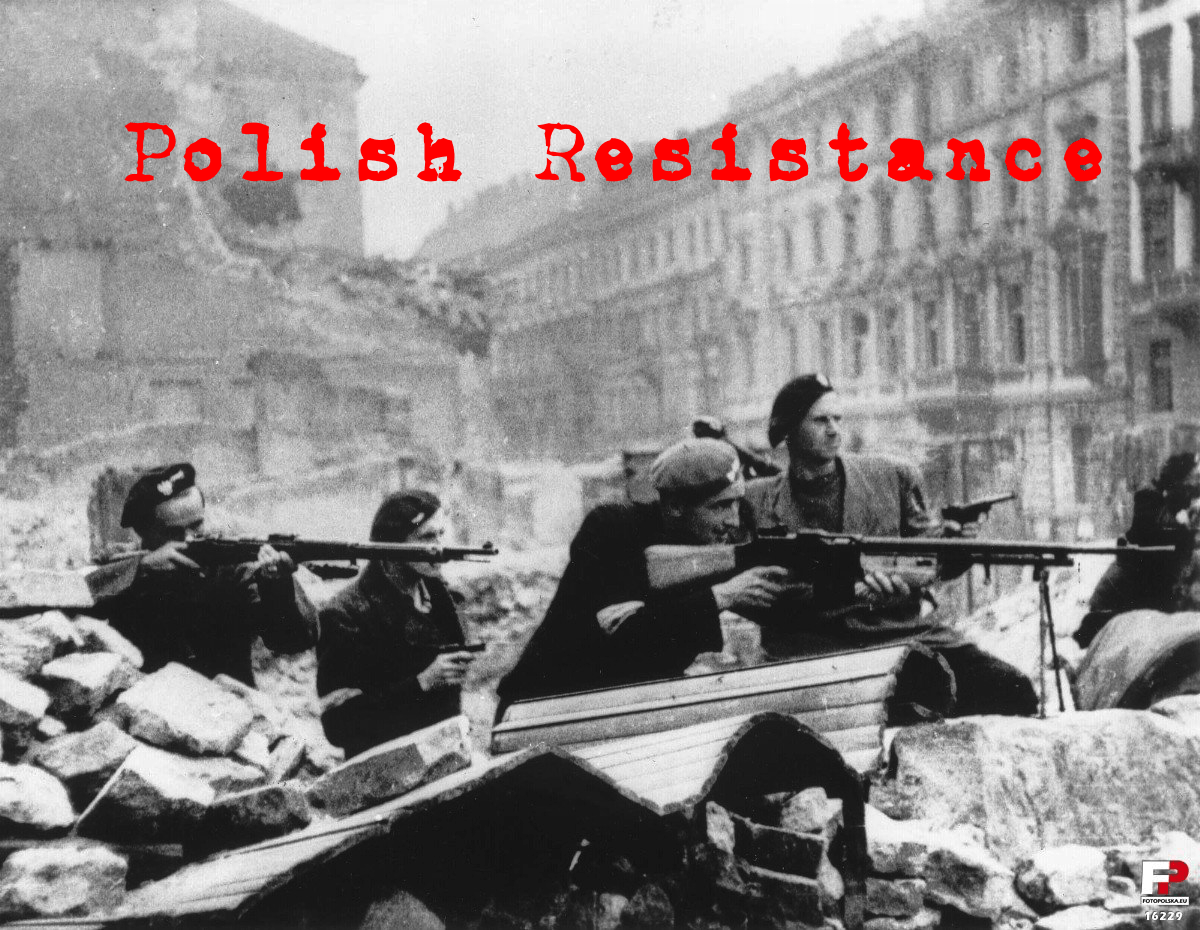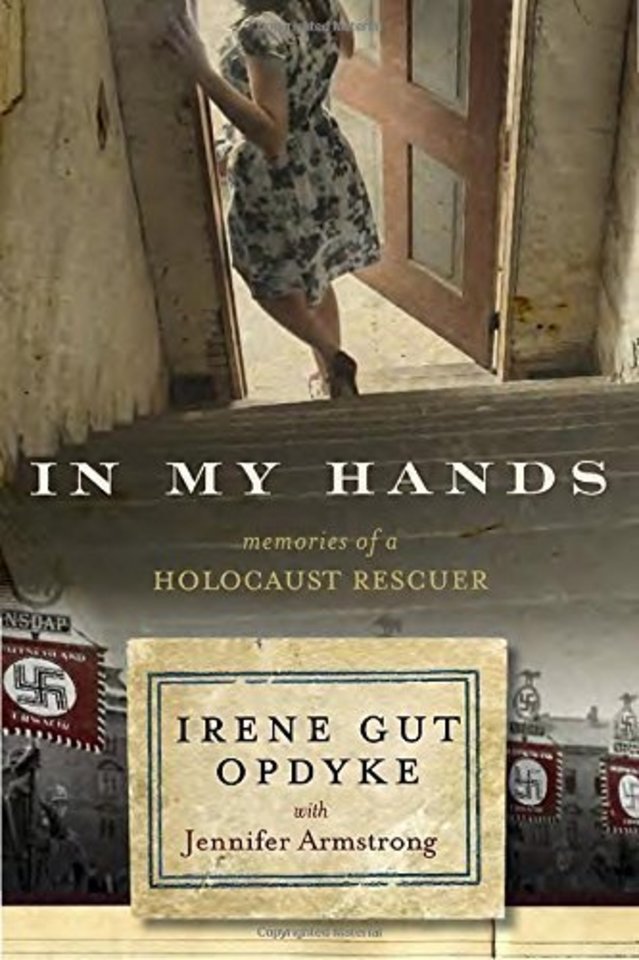Polish Resistance
Polish Resistance Summary: Irena Gut is a normal Polish girl in 1939. She loves her family and four sisters. And she’s pretty sure she… Read More »Polish Resistance
Polish Resistance Summary: Irena Gut is a normal Polish girl in 1939. She loves her family and four sisters. And she’s pretty sure she… Read More »Polish Resistance
In My Hands Set in Poland during WWII, In My Hands is the memoir of Irene Gut Opdyke, who helped rescue Jews during German occupation… Read More »In My Hands

